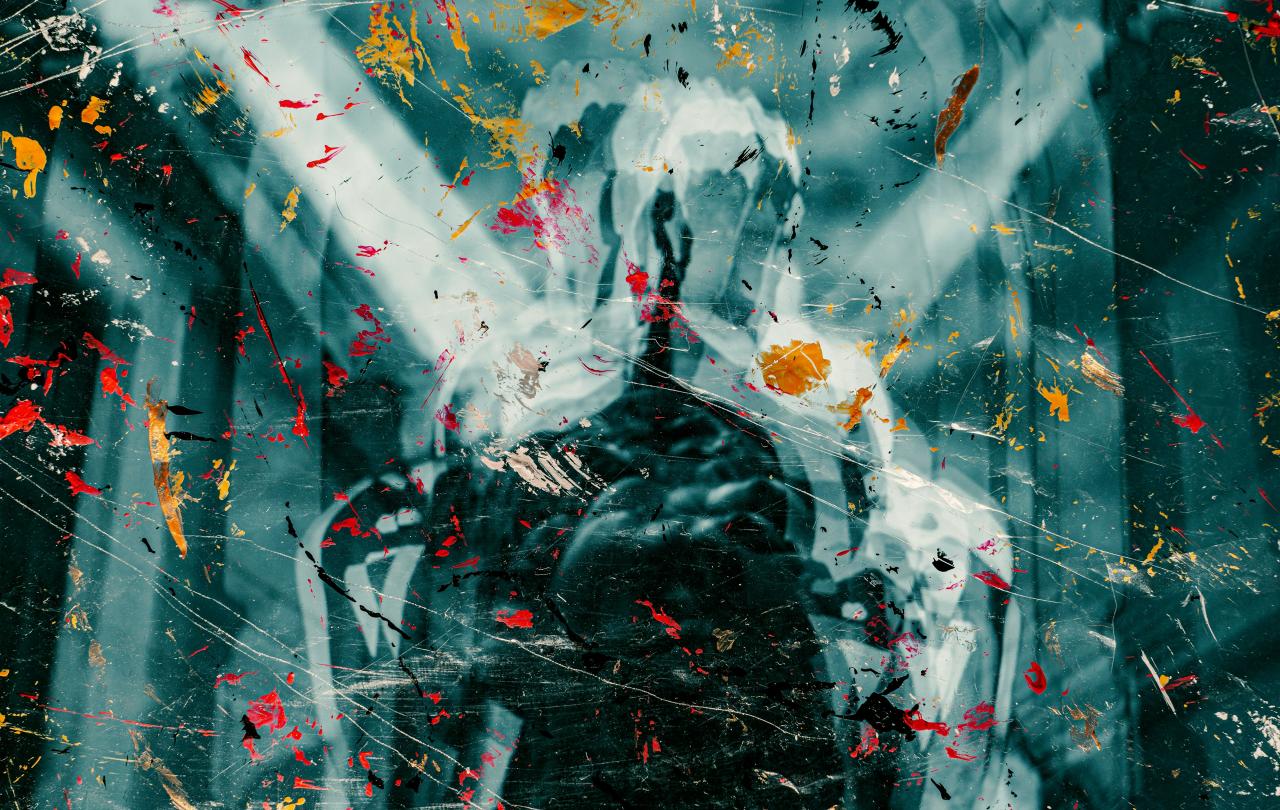
Last year, a journalist called me, completely out of the blue. We’d never met before, but she had a couple of questions she wanted answering about Christianity and, somehow, she found me.
Firstly, she wanted to know what the heck was going on with Christianity at the moment – why can’t Nick Cave stop talking about his Wild God? What was up with Ayaan Hirsi Ali’s infamous U-Turn? Why, despite decline in church attendance and institutional failures, are more and more people finding themselves falling into the Christian story? I wish I had then, what I have now: Graham Tomlin’s round-up of 2024 as the year Christianity (for better or for worse) made somewhat of a comeback. Because, she’s right, it really has been quite something.
But, leaving Graham to answer her first question, this article is an attempt to answer her second, far more unexpected, one: where are all the Christian mystics?
I got the sense that this second question wasn’t being asked for the benefit of a piece she was writing, but for the sake of her own mystically inclined heart. I feel like what she was really asking was something akin to - is there a place within the Christian story for people who are friends with mystery and oddness, who want the unexplainable and the ecstatic, who consider ‘strange’ and ‘spiritual’ to be two sides of the same coin? Is there a way in for those who don’t want the weirdness of it all to be underplayed? Is there space within Christianity for one to be turned up-side-down by God’s ‘heart melting nearness’?
Well, in short, yes. Completely and utterly. Yes to all of it.
Where are the mystics, I hear you ask? It would be my pleasure to introduce you to a few of my favourites.
First up to the plate, it’s Hildegard of Bingen (1098-1179).
A master of music, medicine and mysticism – Hildegard of Bingen is one of the most interesting women in German history. As a Benedictine Abess, she dedicated much of her time to mystical theology and philosophy, largely informed by her visionary experiences of God. She reluctantly recorded twenty-six of these visions in a piece of work entitled Sci Vias Domini (which translates to mean ‘Knowing the Ways of the Lord’). She also composed songs, again largely inspired by her visions of God, and even a musical mortality play entitled Ordo Virtutum.
Her Christian mysticism bled into her understanding of science and medicine; she emphasises the deep interconnectedness of all living things - having originated from one creator - and therefore sees medicine as just as spiritual of a pursuit as theology. According to Hildegard, all is sacred, all is connected, and so the health of the natural world matters. It both informs and reflects our own health.
Clare of Assisi (1194-1253) is celebrated as an Italian saint and founder of the Order of Poor Ladies.
Born into a wealthy family, Clare shunned comfort, luxury, and an arranged advantageous marriage in favour of a life devoted to intimate and vibrant prayer. She soon gathered a community around her, and their obvious disdain for luxury of any kind is what caught the world’s attention and earned them the title of ‘Poor Ladies’.
Her life of prayer had dramatic consequences and, ultimately, saved the lives of those she loved. While their Order was under attack, Clare’s prayers caused a violent storm to sweep across the town and scatter the terrified attackers.
Next up is a particularly strange (in the best way) character, Catherine of Sienna (1357-1380).
Catherine had religious visions from the age of six or seven, and took them incredibly seriously, even then. As she grew older, her parents urged her to marry the widower of her sister, who had tragically died in childbirth. In response, Catherine cut off her hair and joined the Sisters of Penance of St. Dominic. That’s quite the outright rejection, isn’t it?
After three years of isolation (during which she is said to have prayed, contemplated, and developed a rich understanding of Jesus’ death and its implications), she became quite the famous figure, feeling sure that God had commanded her to publicly speak of what he had told and shown her.
Now for a personal favourite, Theresa of Avila (1515-1583).
I read her prayers and poems endlessly. And, can you blame me? Just listen to this:
Let nothing disturb you,
let nothing frighten you,
all things will pass away.
God never changes;
patience obtains all things,
whoever has God lacks nothing.
God alone suffices.
The gentleness of her words are like a balm to a world that can so often sting us. And, indeed, stung Theresa, as she suffered with severe ill-health and persecution her entire life. Nevertheless, she developed a passion for mental prayer and is said to have heard God’s audible voice, seen visions, and even felt her body levitate. She became infamous for her poetry, her mystic theology and her unusual independence as a medieval woman.
These women, these mystics, are separated from us by time and context. And yet, to many, they are close companions. They are still aiding those on a quest to enter into Christianity through the ‘mystic’ door. They are still reminding us that we oughtn’t be fooled by the pesky left-side of our brains, the part that wants us to believe that we understand all that’s worth understanding. They are still challenging us with the knowledge that all that we see is not all that there is.
You want mysticism? Christianity can down-right give you mysticism.
Join with us - Behind the Seen
Seen & Unseen is free for everyone and is made possible through the generosity of our amazing community of supporters.
If you’re enjoying Seen & Unseen, would you consider making a gift towards our work?
Alongside other benefits (book discounts etc.), you’ll receive an extra fortnightly email from me sharing what I’m reading and my reflections on the ideas that are shaping our times.
Graham Tomlin
Editor-in-Chief





